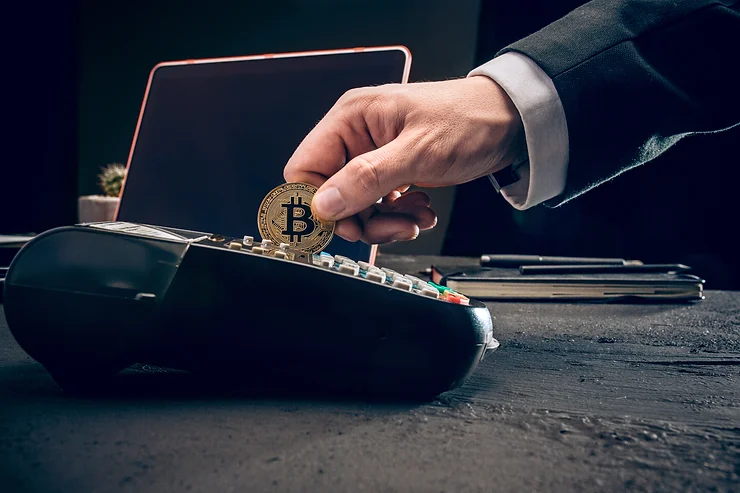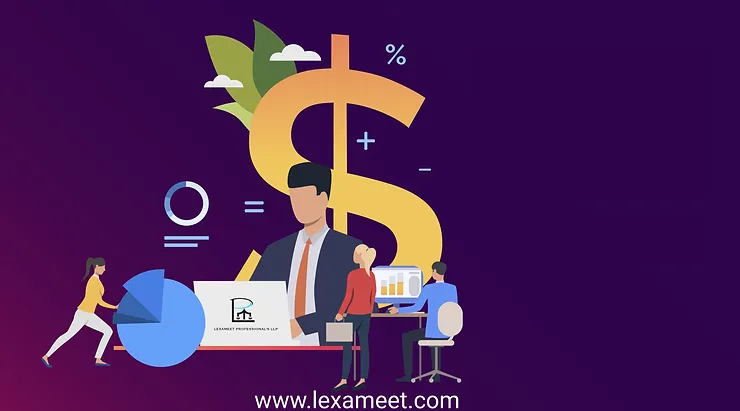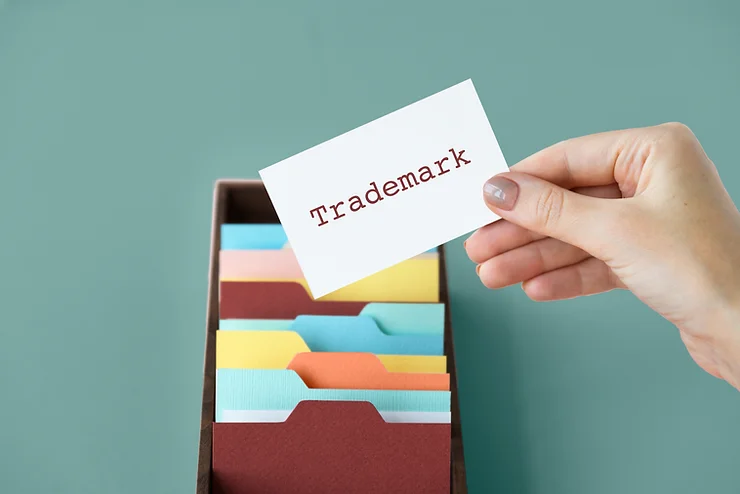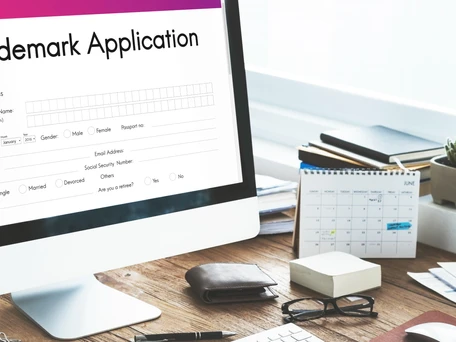CRYPTOCURRENCY, CLAMORING FOR REGULATION?
Block chain is the mechanism under which virtual currencies are navigated, now these virtual currencies in modern-day we term it as cryptocurrencies. In India, there is huge spike in use of technology and enhancement of same. The monetary anatomy of India is under the authority and ombudsman ship of Reserve Bank of India which regulates all the banks and financial institutions as such. RBI’s reaction to cryptocurrencies is always dealt with caution and sternness. Whereas, if we look at it from another angle there are millions of users who are trading and accessing cryptocurrencies in India. Indian Monetary anatomy has been also effected by such new virtual currencies where authorities like Income tax and Enforcement directorate has strictly restricted the use of such currencies. The way income tax authorities look at virtual currencies is very restricted to a certain sense and reasoning of such restrictive sense is that Income Tax authority would not able to trace the respective cryptocurrencies. In the budget of 2018 it was stated by the finance minister that the government of India along with RBI has constituted a committee which will examine such crypto currencies and issues dealing with same. Still there is no sign of any robust step taken to address the issues. If we look upon the government’s behavior to cryptocurrencies, it seems that government is not in support of such block chain mechanism and wants to implement their own sort of virtual currency known as e-rupee. Draft Banning of cryptocurrency & Regulation of official digital currency Bill of 2019 is still in hold, and such bill clearly shows the intent of Government that they don’t want any the use of cryptocurrencies. Despite of all this, still the market share of cryptocurrencies is booming at very high rates and many users are accessing such technology in India & around the world. Such reasons have validated the need of regulations and clamoring for a new law which will look over the aspects of use of cryptocurrencies in India. If we follow up the recent chronological build up in where a circular was issued by RBI (Reserve Bank of India) in 2018 stating and directing the banks and entities under it that they should prohibit themselves in dealing with any sort of virtual currencies, including cryptocurrencies. Such directives were substantiated by Section 18 of Payment Settlement’s act, which states that RBI can issue directives to the entities under it to not deal with any sort of crypto currencies. Such circular was termed as unconstitutional by the Hon’ble Supreme Court of India in Internet and mobile association of India Versus Reserve Bank of India. The reasoning backed by such judgement was that a prohibition on banks and entities by RBI is of incongruous nature because crypto currencies are not actually banned in India. Supreme Court biffed the circular issued by RBI as unconstitutional and inappropriate as of now. After such Supreme Court ruling, the question which lays in front of authorities and government is that whether cryptocurrencies should be subject to regulations or not? And whether cryptocurrencies are legitimate and legal to use now after above-forth judgement by the Hon’ble Supreme Court? Such legal questions may arise very soon as there are millions of people already trading in cryptocurrencies and if such people are subject to any dispute in near future then which law is to be followed & what procedural implementation should be followed as there are none in case of such virtual currencies. If we take up an illustration in a hypothetical fashion, assuming A who is dealing in crypto currencies, whereupon he en cashes such crypto currencies into Indian rupees and keep such amount in one of the bank accounts in India. The problem in the above scenario may arise if Bank seizes such bank account which is having en-cashed cryptocurrencies. Where does remedy lie? Who has authority to solve such issues? Where does the jurisdiction lies? And many more issues which still stand stall. Presently such issues and complaints can be made to online portal of RBI in where a user of such currency can state their grievance regarding such freezing of bank accounts. A user under the grievance of above-forth can also complaint to bank initially. User may refer and attach the judgement of Internet and mobile association of India Versus Reserve Bank of India in where SC which held circular of RBI as invalid (circular stated that banks should restrict the flow of cryptocurrencies) along with such complaints. A user may seek remedy under Consumer Protection act 2019 too, as such freezing of account can brought under the ambit deficiency of service by bank. The major issue today, is that even though there are existing remedies available, but these remedies do not guarantee relief to person in dispute with respect to cryptocurrency as discussed in above stated scenario. Still Indian Monetary Anatomy is clamoring for legal recognition of cryptocurrencies and before answering to demand of such legislation Government should clarify over the standpoint of legal validity with respect to cryptocurrencies. By, Yashraj Srivastava Posted on 24.10.2020







